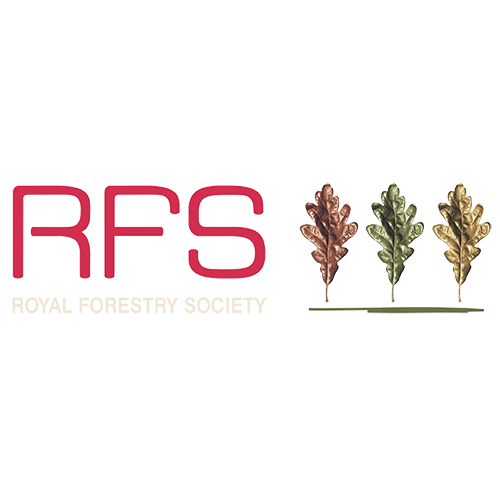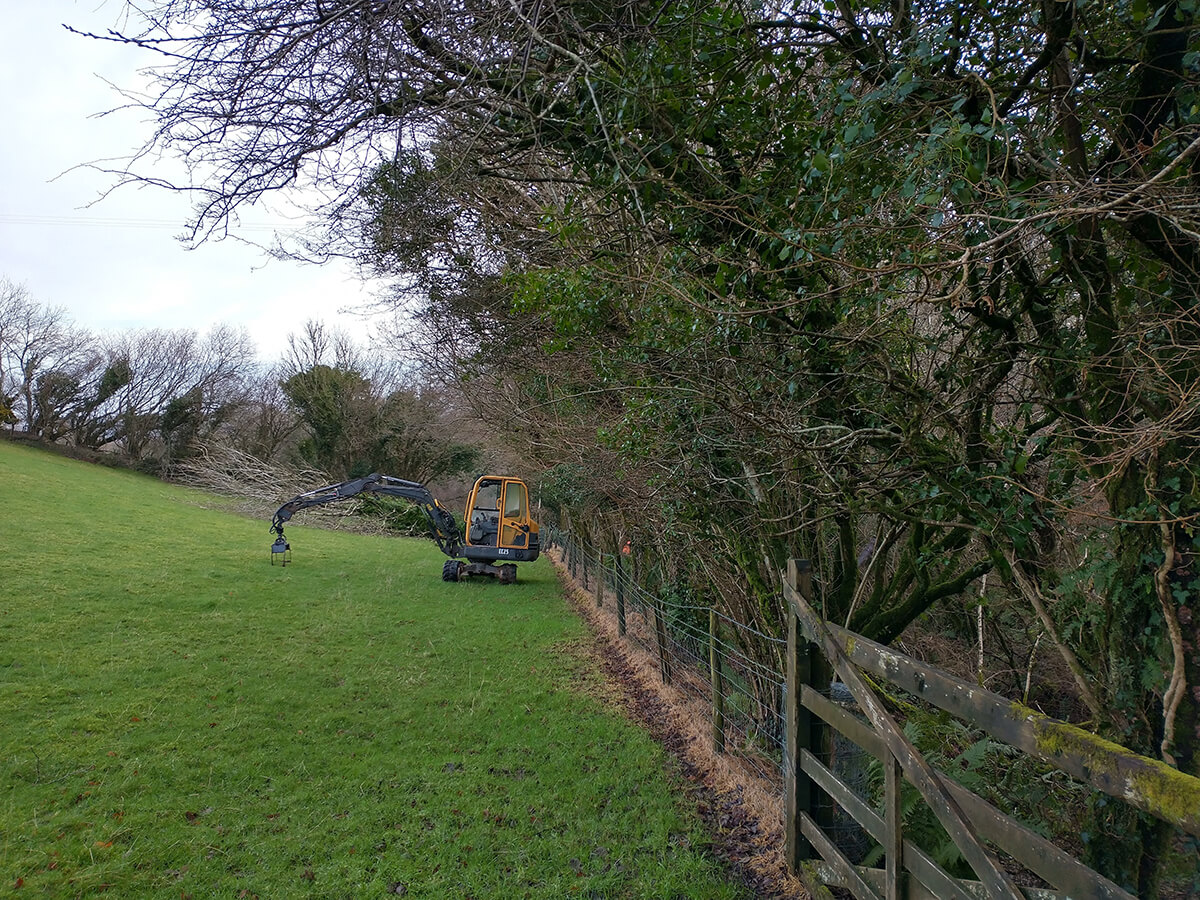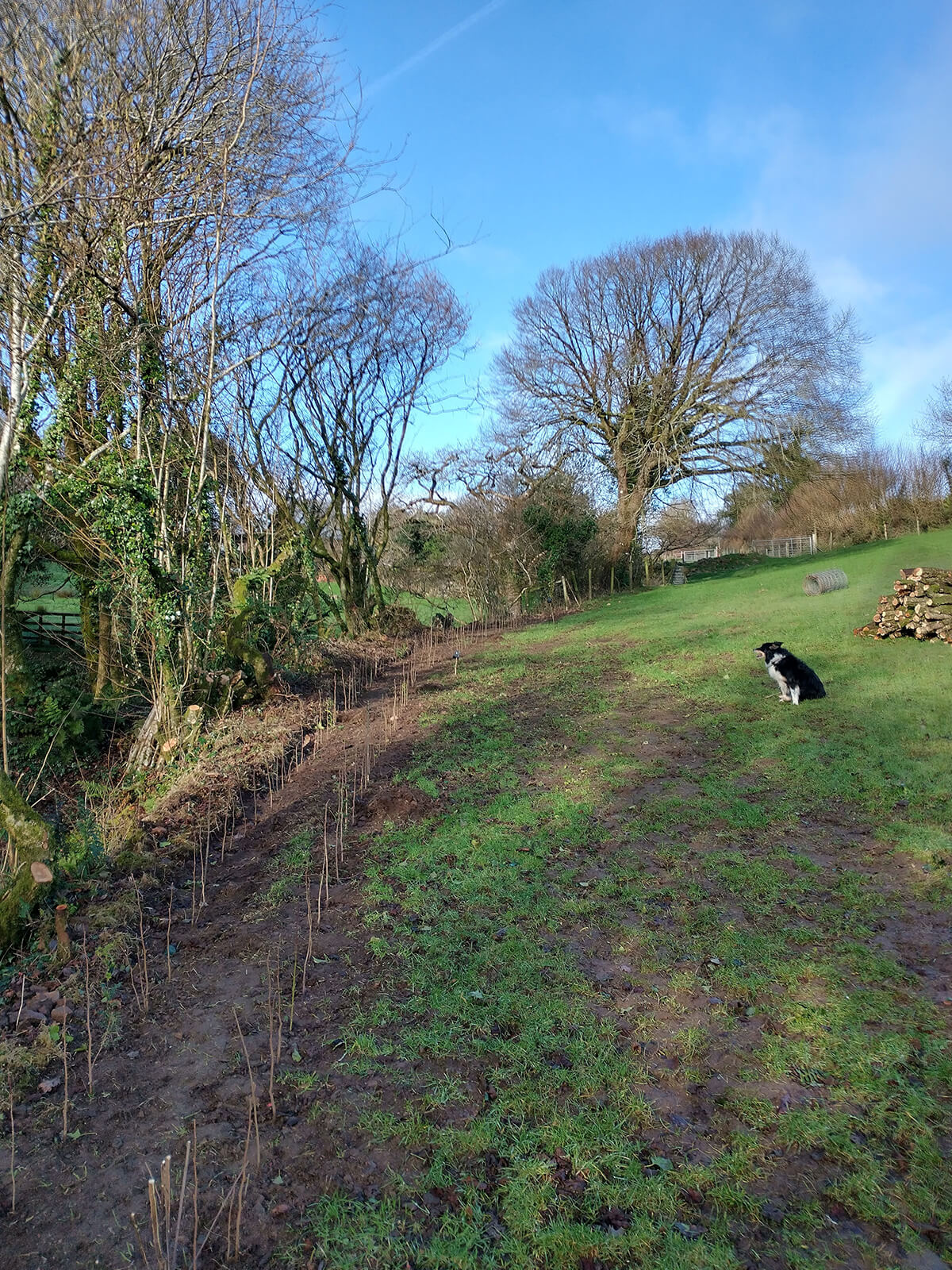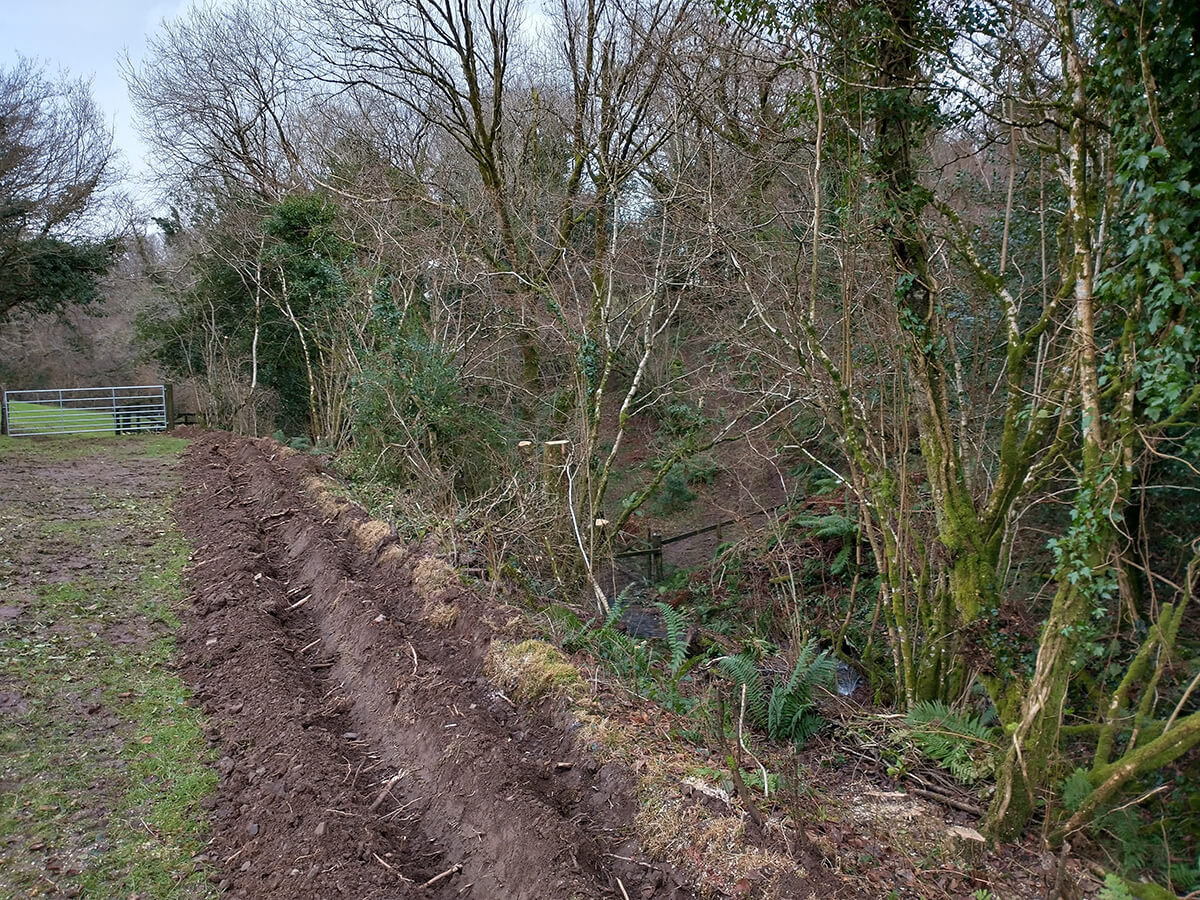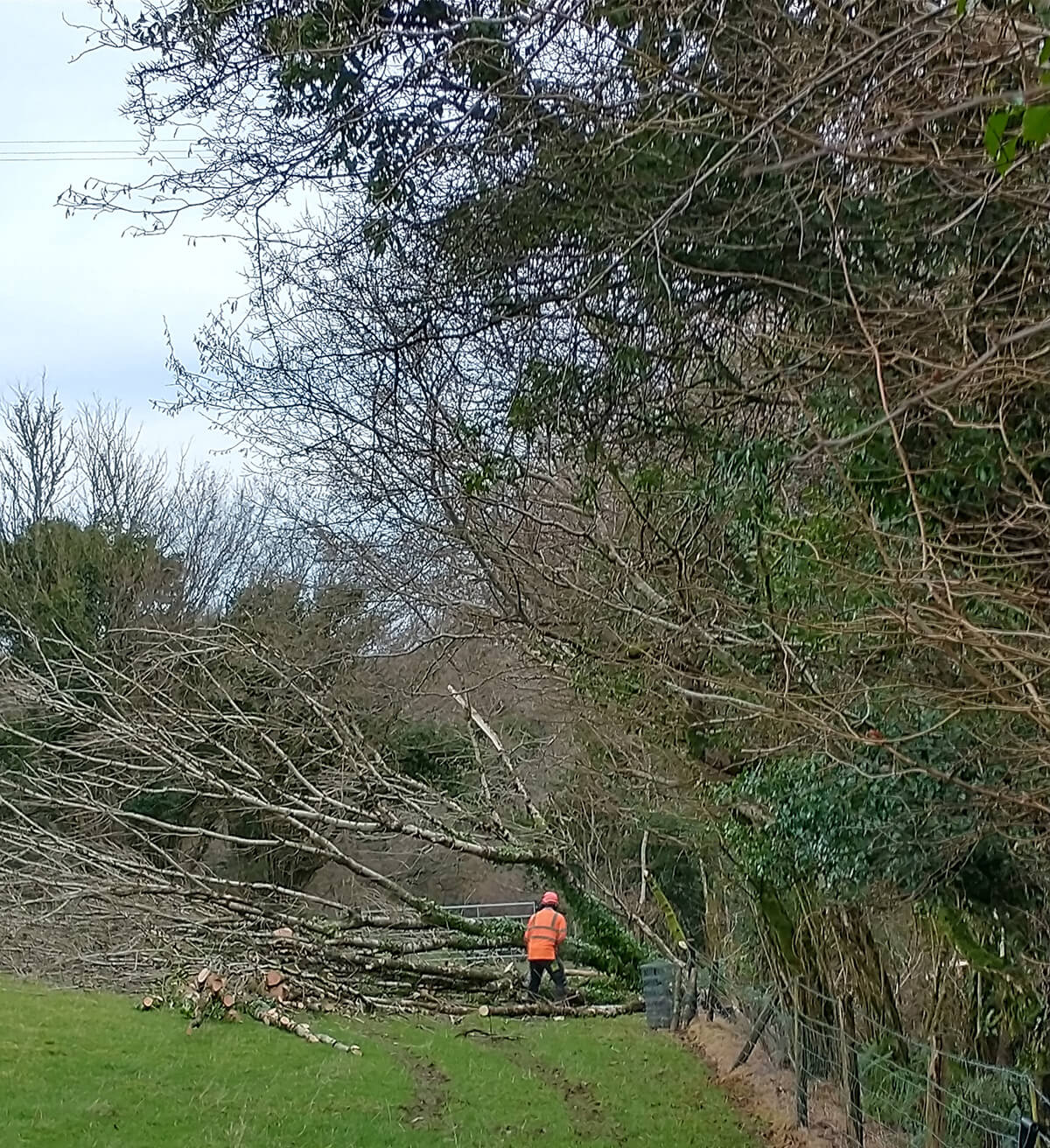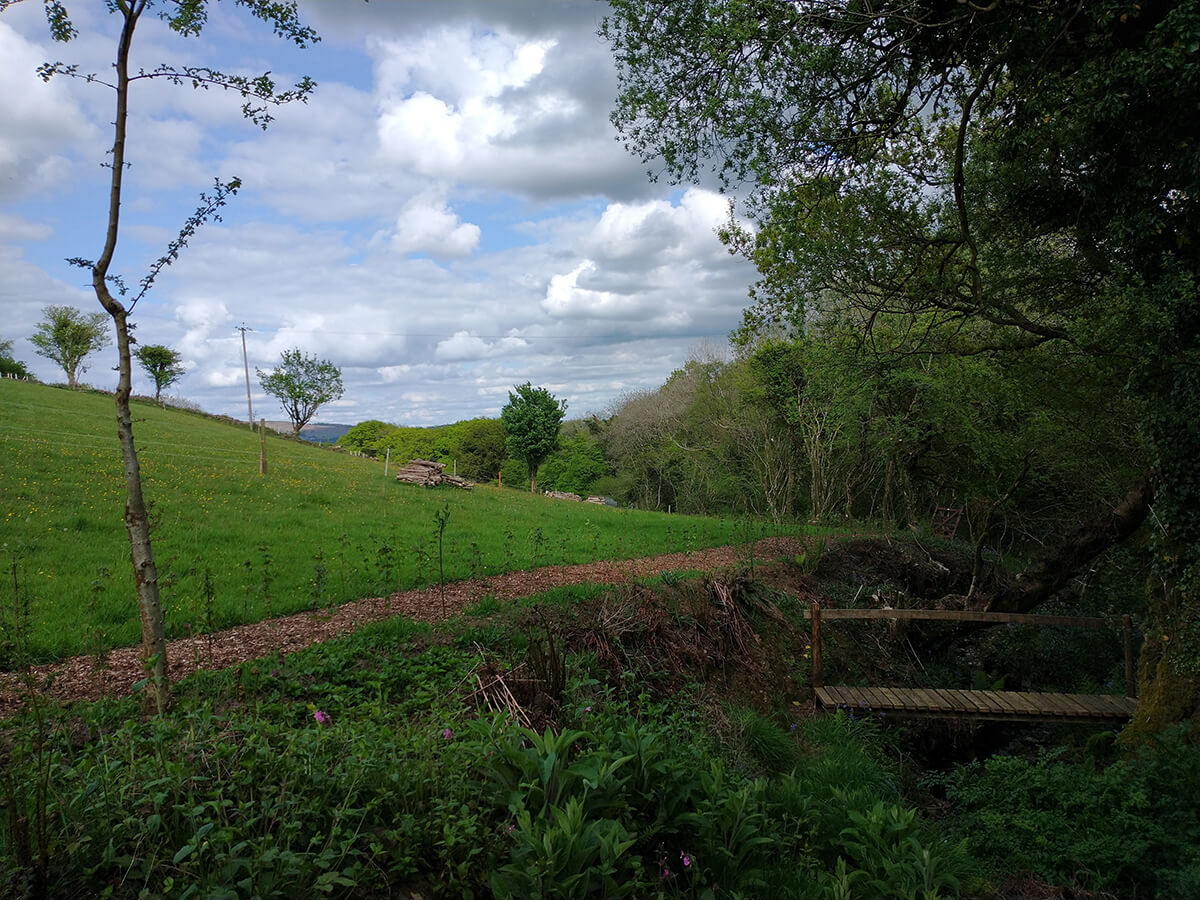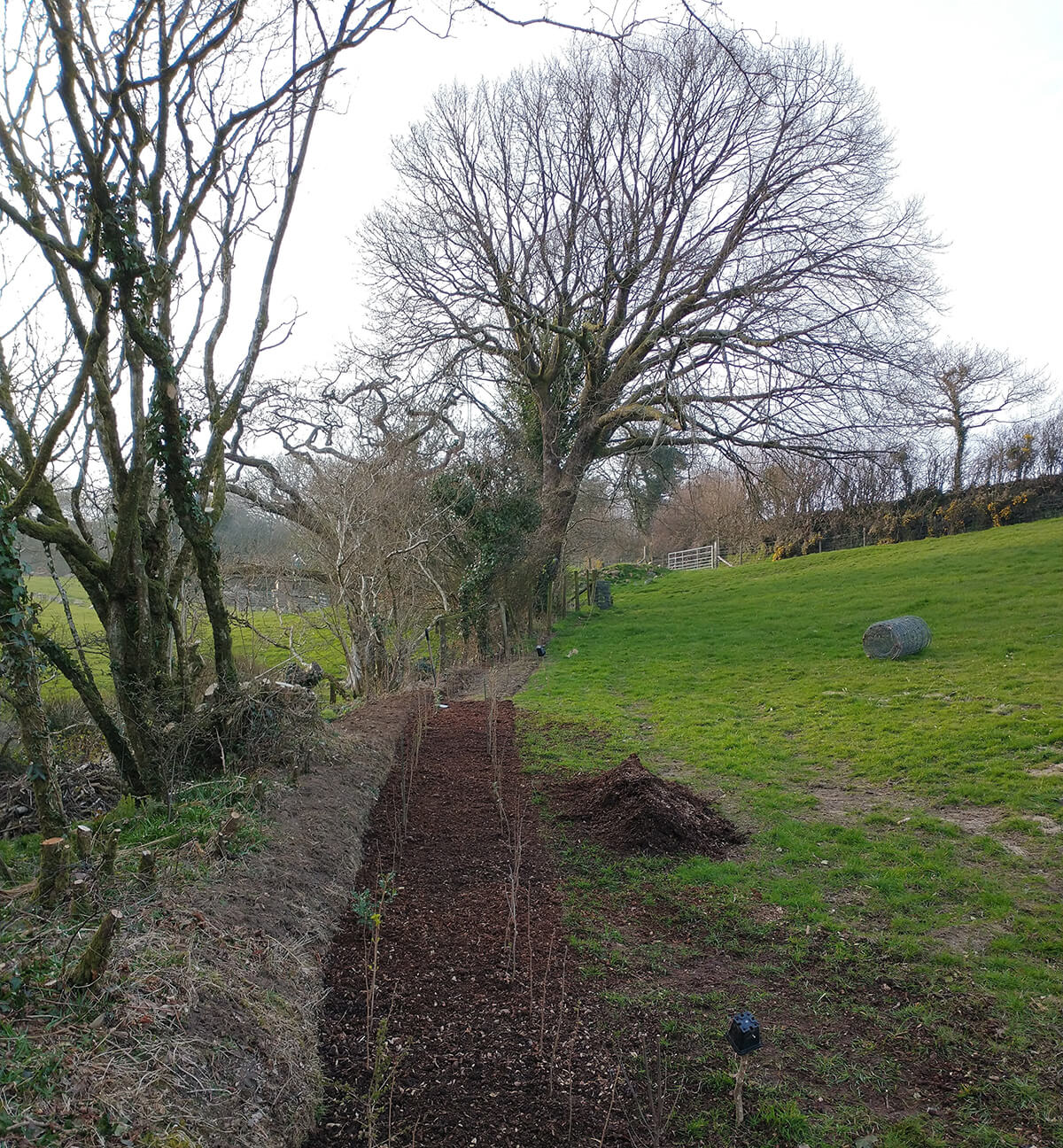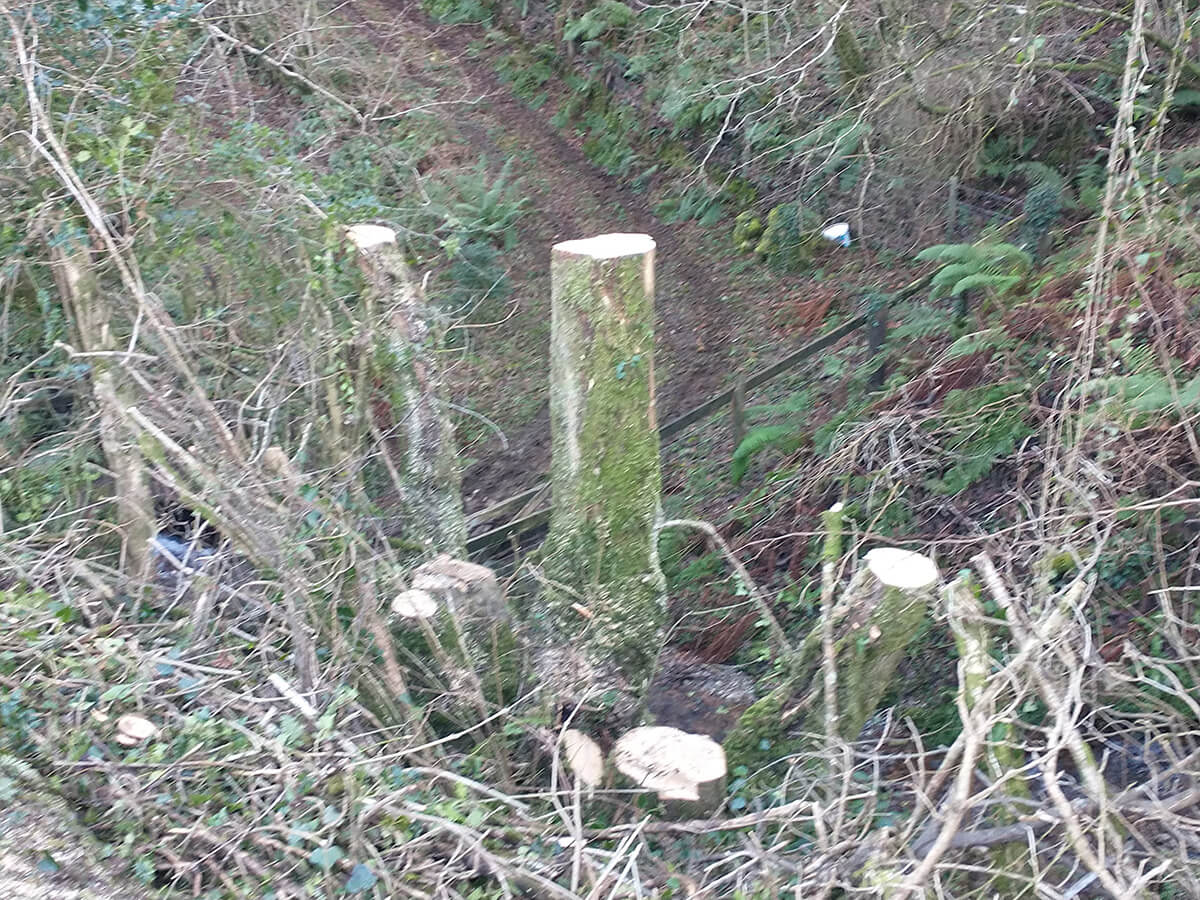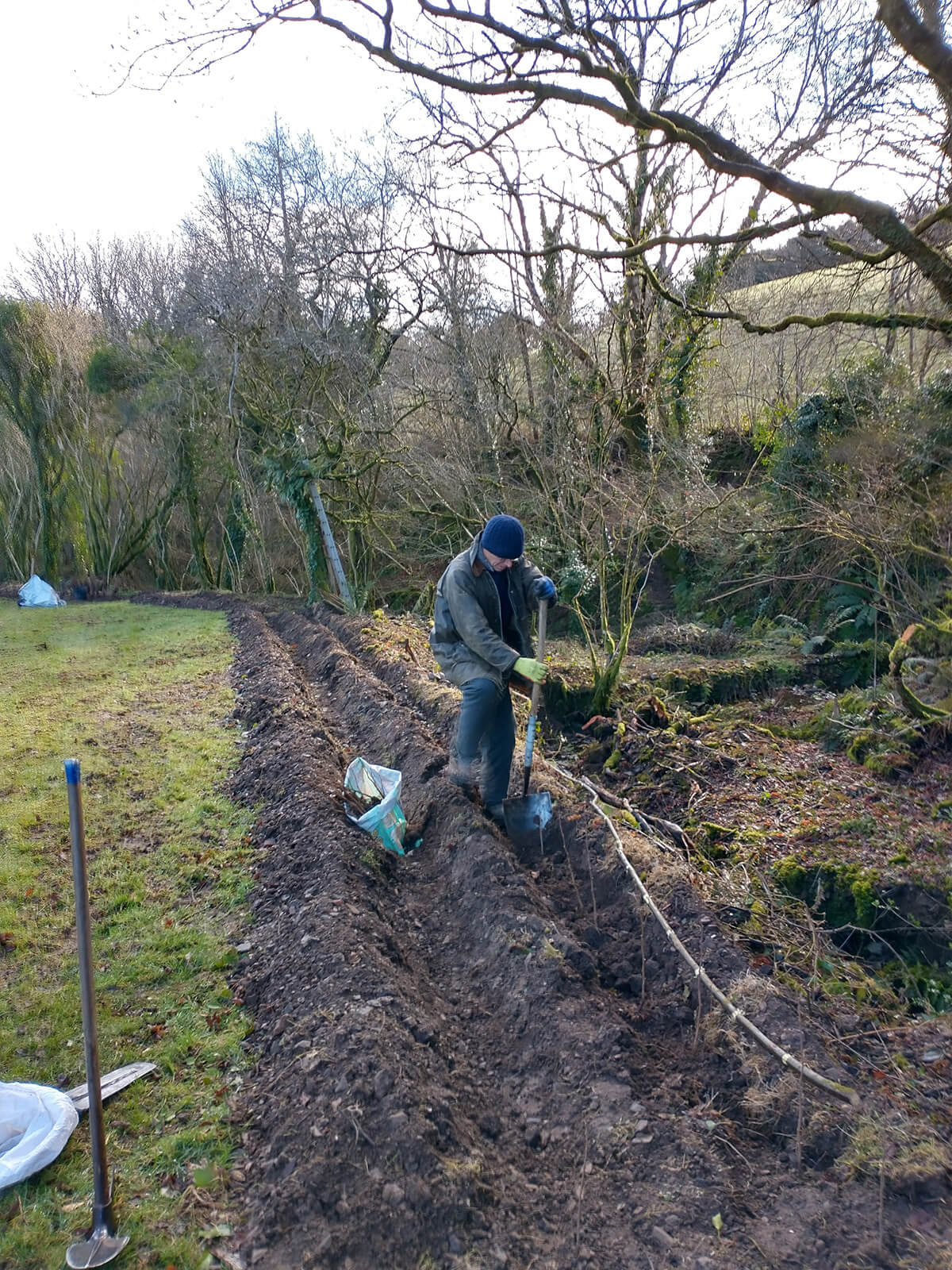LRG supported the planting of 10,551 climate resilient trees across the UK from October 2021 - April 2022
Climate resilient treescapes for the future have been created across the UK thanks to support from LRG. In partnership with GreenTheUK and the Royal Forestry Society, these trees have been planted in Buckinghamshire, Cornwall, Devon, Lancashire, Norfolk and West Yorkshire. In this report, learn more about the plans for the individual sites and interesting facts about the species planted at each.
Thanks to the LRG team, these trees will increase each woodland’s resilience to pests, diseases and/or climate change. The sites will transform into habitats where our local wildlife can flourish. Improving biodiversity and carbon sequestration are key benefits of this scheme.

Tree Species Planted:
1,290 trees planted in Hockeridge Wood, Buckinghamshire
This mixed woodland in the beautiful Chiltern Hills has been designed to maximise benefits for biodiversity and help in our fight against climate change. Oak, hornbeam, wild service and cherry trees will provide important homes and food for wildlife. Whilst fir trees will grow quickly, taking carbon from the atmosphere and locking it away in timber that can eventually be used for carpentry.
1,607 trees planted in Pancake Wood, Buckinghamshire
Quicker growing alder and pine will shelter new oak trees as they grow. Oaks have been growing on this site for over 500 years. Over this time they have provided thousands of people with fuel and timber for buildings, as well as being important habitats for local wildlife. In a little over 100 years’ time, these trees could provide timber for new buildings and houses and more young oaks will grow up to take their place.
605 trees planted in Devon
Gum trees grow incredibly fast (usually about 1m or more every year in their first few years) which makes them very efficient at capturing carbon from the atmosphere and locking it away quickly. Timber from these trees can be used to make beautiful wooden flooring and furniture. This rapid carbon capture and storage is a brilliant weapon to use in our fight against climate change.
3,050 trees planted in Norfolk
The trees planted here have been specially selected for their genetic ability to survive the predicted weather conditions that will be brought about by climate change over the next 50 -80 years. Douglas fir trees take about 50 years to reach maturity and oak trees will take over 100 years. All this time these trees will be taking carbon from the atmosphere and locking it away. Timber from Douglas fir and oak can be used by future generations for building (where it will continue to store carbon) and new trees can be planted in their place.
300 trees planted in Cornwall
This woodland was planted 30 years ago as a mix of ash, beech, cherry and oak trees. Sadly in 2017, the deadly tree disease ash dieback was spotted in the woodland. Diseased ash trees (making up around 30% of the woodland) had to be cut down to stop the disease spreading to other areas. 10 additional tree species have been planted in amongst the surviving trees, making this a healthy, more diverse woodland for local wildlife.
250 trees planted in Lancashire
On this site, a plantation with just one type of tree has been replaced with a mix of many different trees. Local wildlife will benefit from the new variety of habitats and food that will be provided all year round by these trees.
185 trees planted in West Yorkshire
On this site, a plantation with just one type of tree has been replaced with a mix of native broadleaf species to benefit wildlife and fir trees to provide a sustainable source of fuel for the on-site biomass boiler. Sweet chestnut, cherry and oak trees will encourage small mammals which will, in turn, support birds of prey including red kites.
964 trees planted in Devon
This brand new hedgerow has been planted to connect a nature reserve to a local farm, creating a wildlife highway that connects important habitats. The hedgerow has been designed to mimic the nature-rich neighbouring hedges that date back to the Bronze Age. When it is fully grown, the hedge will be wild and thick – perfect for nesting dormice and birds.
2,300 trees planted in Cambridgeshire
This woodland was planted over 120 years ago with ash and oak trees. Sadly, the ash trees have succumbed to the deadly tree disease Ash Dieback and have had to be removed to prevent the disease from spreading to other areas. The diseased trees have been replaced with eight different tree species which have been specially selected for their high wildlife value. These trees, which have been planted in amongst the 120 year old oak will provide a haven for wildlife.

UN's Sustainable Development Goals
As a GreenTheUK partner, you support projects that are in line with the UN Sustainable Development Goals.

Take urgent action to combat climate change and its impacts.

Sustainably manage forests, combat desertification, halt and reverse land degradation, halt biodiversity loss.












































































































